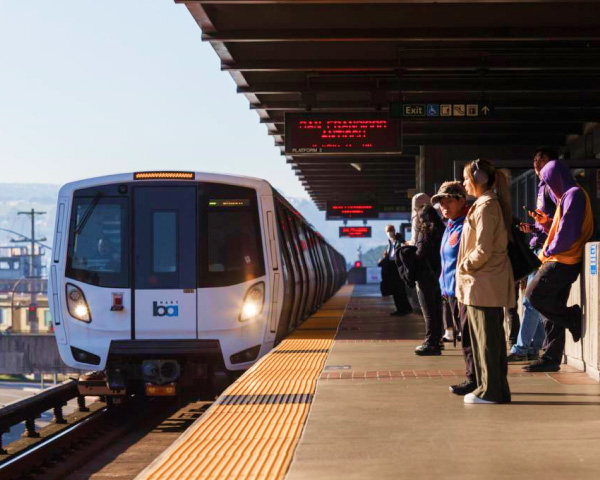A recent Harris Poll conducted for the American Psychological Association found 68% of U.S. adults reporting the presidential election as a “significant source of stress,” a substantial increase over 2016.
As more and more states close their polls, you may have entered “I-just-want-it-to-be-over” mode. If that’s the case, keep in mind that it’s very possible you will wake up tomorrow and still not know who will be president come Jan. 20. To get a sense of how the vote counting may drag on, see this New York Times compendium of when each state expects a full tally. In swing state Michigan, for instance, “full unofficial results could take until Nov. 6.” That’s Friday. In this year’s consensus linchpin, Pennsylvania, officials say “the overwhelming majority” of votes will be counted by Friday, as well.
In California, the presidential contest is not expected to be close, but a number of important issues are on the ballot, including whether Lyft, Uber and other gig economy companies will be able to circumvent California labor law and classify their drivers as employees; and whether or not to rescind the 1996 state ban on affirmative action.
Every California registered voter received a mail-in ballot this year, and going into Election Day the electorate returned more than 11.8 million mail-in ballots — more than 50% of all that were issued — according to the California Secretary of State.
In the Bay Area, participation has been even higher, with seven of the region’s nine counties surpassing the 60% mark of mail-in ballots returned.
In most counties, the initial tallies released on Tuesday night will encompass vote-by-mail ballots received before Election Day — with some counties adding in-person votes. Election officials say several factors — the time it takes to count provisional ballots and those mailed by Election Day, for example, will dictate how long the entire count will take.
For one, ballots mailed by Election Day can still be counted, as long as they are postmarked by Nov. 3 and received by county elections officials by Nov. 20. And California’s same day voter registration allow voters to show up at a voting location and register on Election Day, while casting a provisional ballot that will be further checked by election workers.
Ranked-choice voting that entails multiple rounds of calculation in cities such as San Francisco and Oakland might also delay results.
So … keep calm. A nerve-rattling Election Day may become a nerve-rattling election week, or longer.
For more on the timing of California results and how to interpret vote counts as they come in, see KQED’s When to Expect Election Results in the Bay Area.
— Jon Brooks (@jbrooksfoy), Guy Marzorati (@GuyMarzorati), Kevin Stark (@StarkKev)

